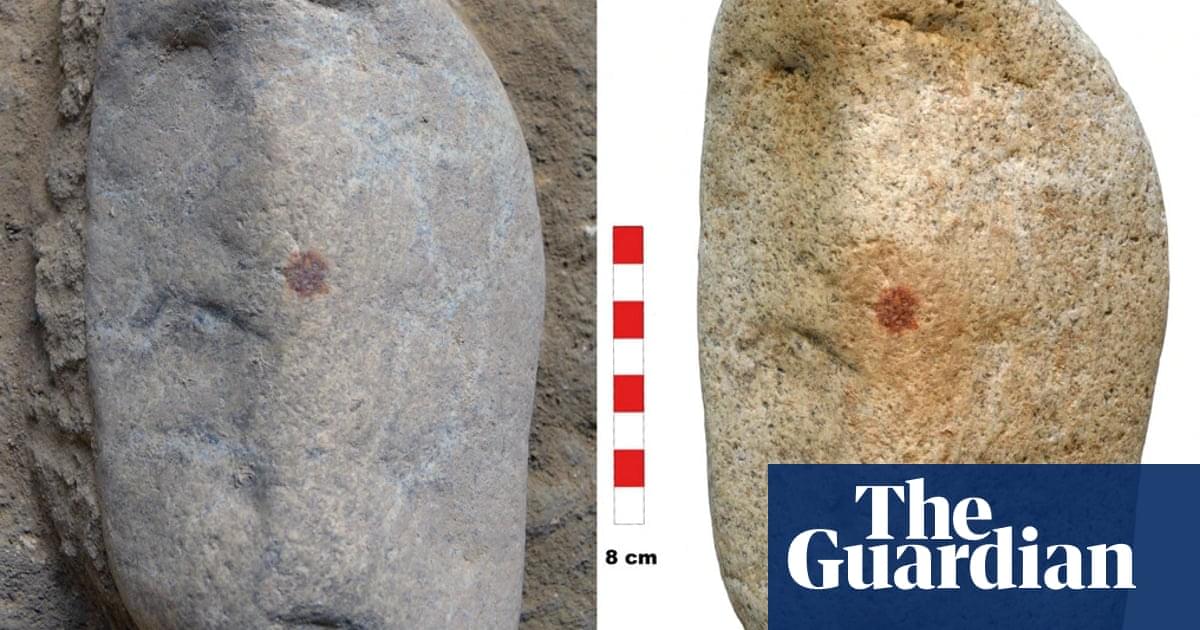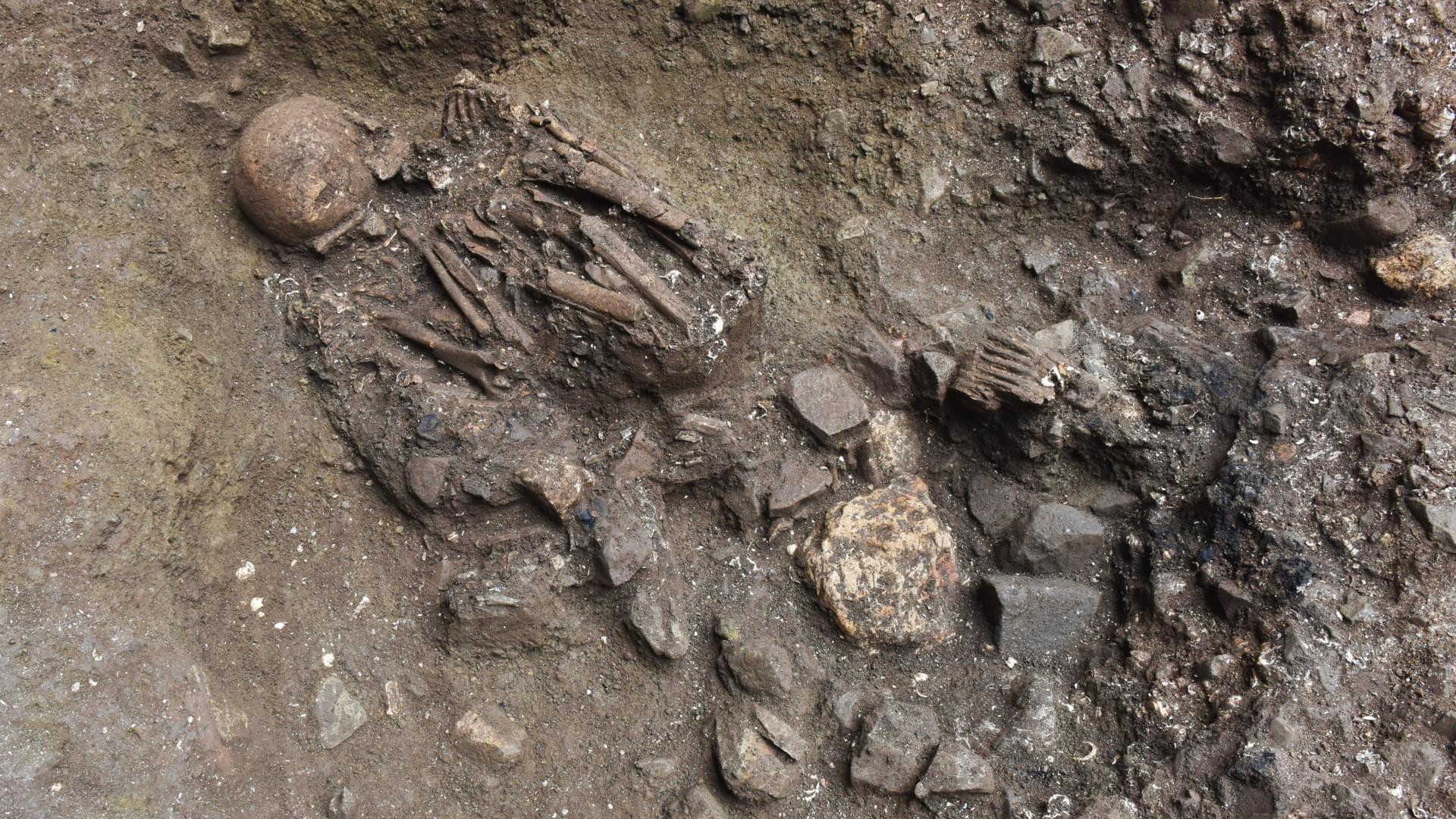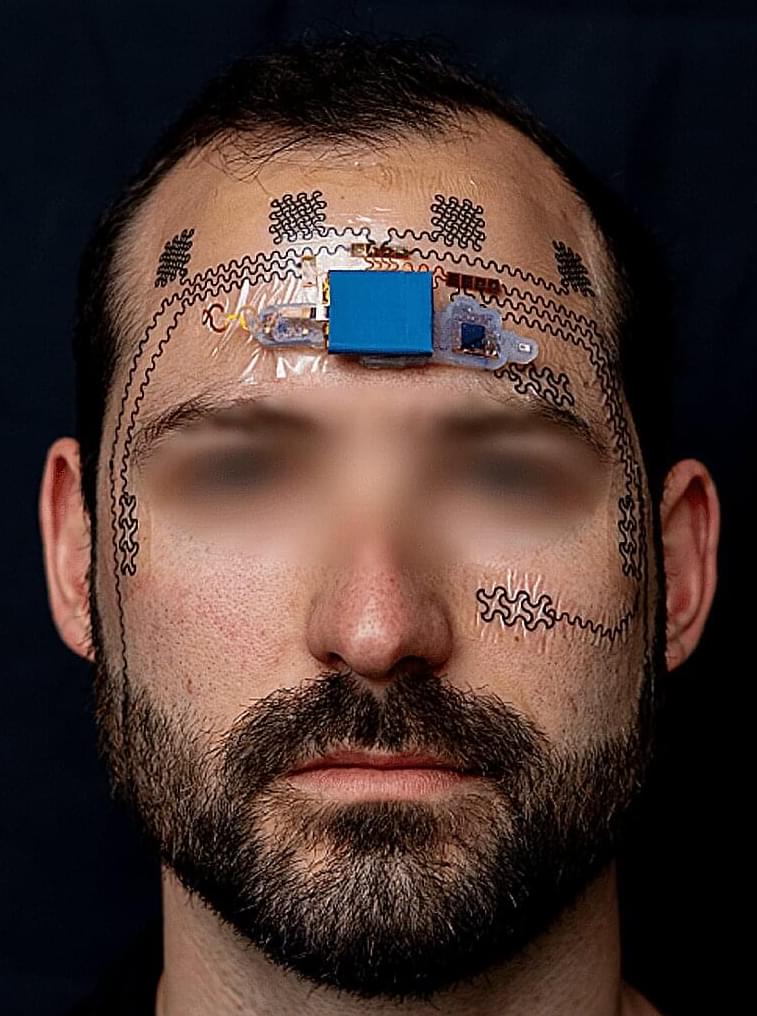Narcissism has become the armchair diagnosis of the decade. Social media is awash with people flinging the label around. Everyone’s ex seems to be a narcissist, some of our parents are under suspicion, and that office villain? They definitely tick the box, too.
The accuracy of these rampant diagnoses warrants scepticism. But the reality is narcissists do exist. At its extreme, narcissism is a rare mental health diagnosis, known as narcissistic personality disorder. But narcissism also describes a cluster of personality traits, which we all display to varying degrees.
For those of us who have been in close quarters with someone high in narcissistic traits, we rarely walk away unscathed. And we may be left with lingering questions. For example, what made them this way?








